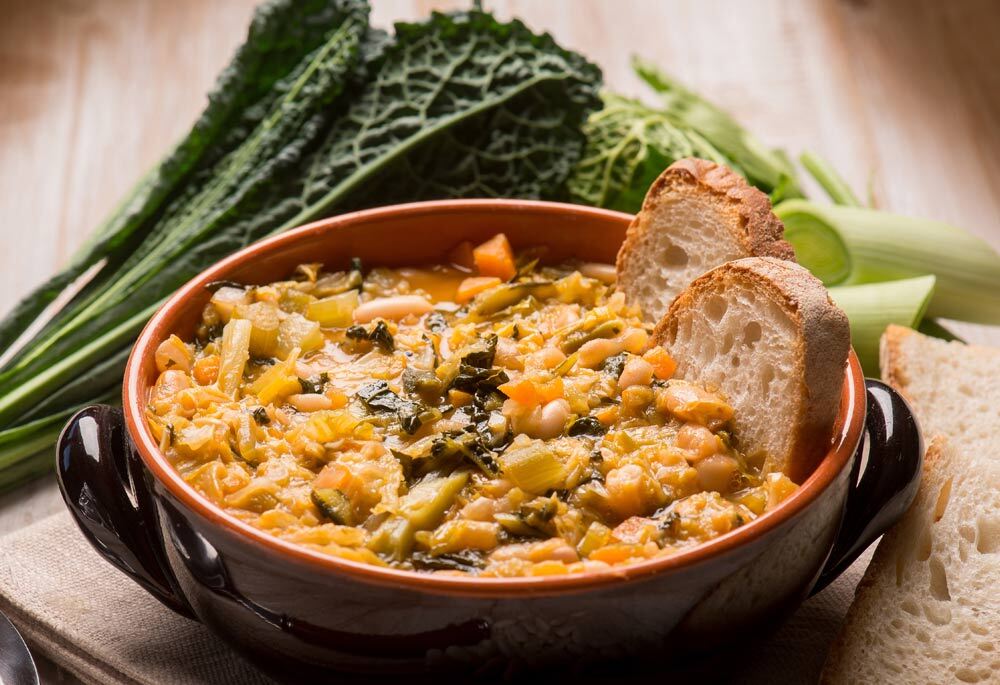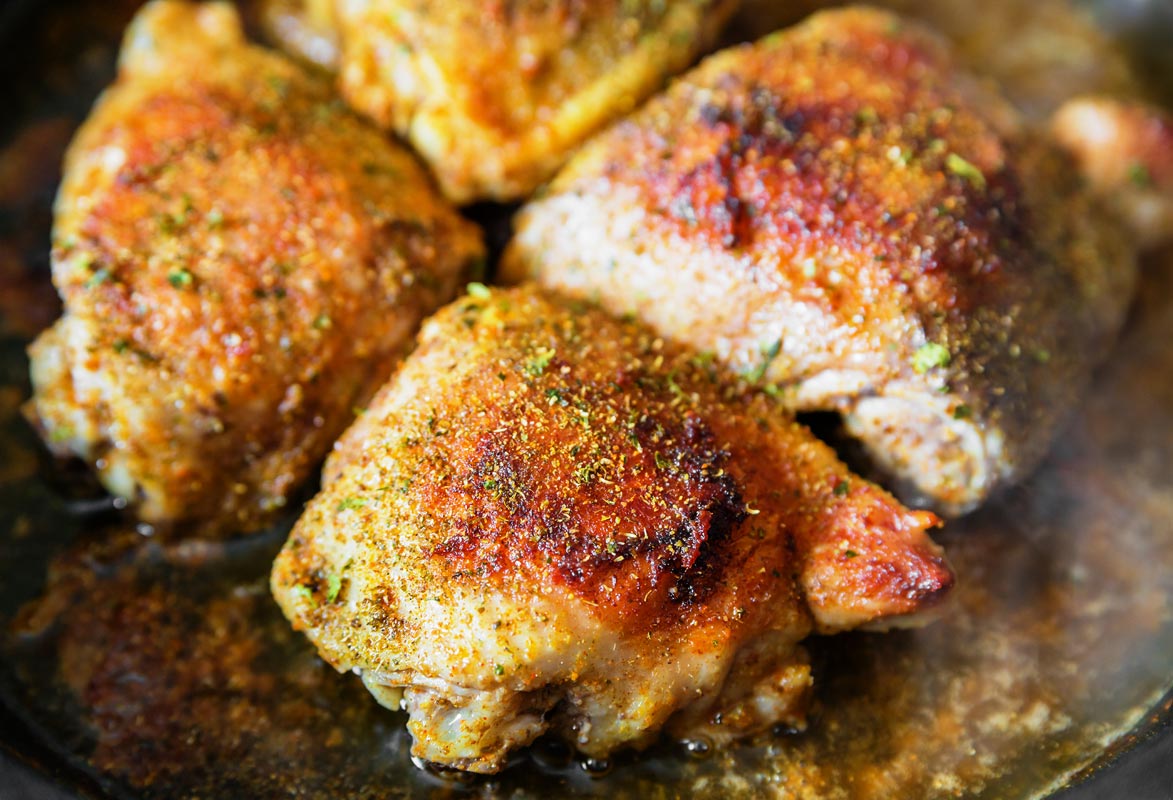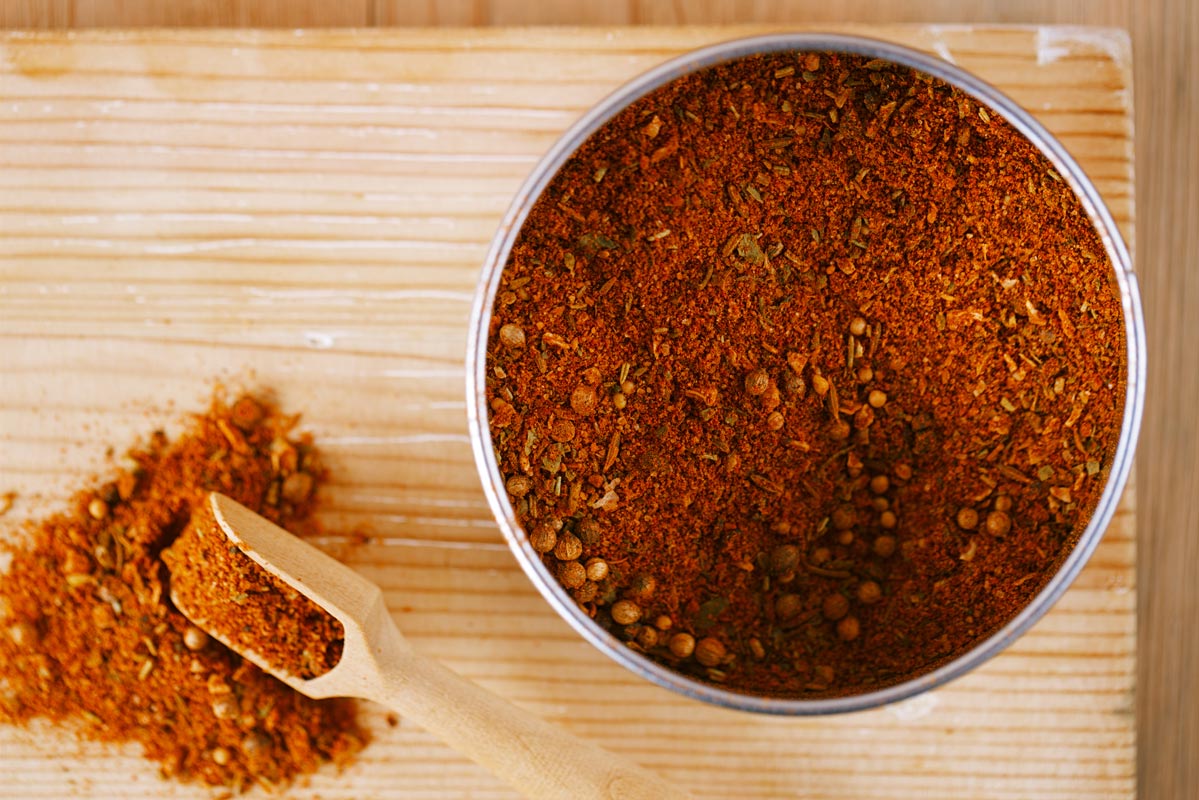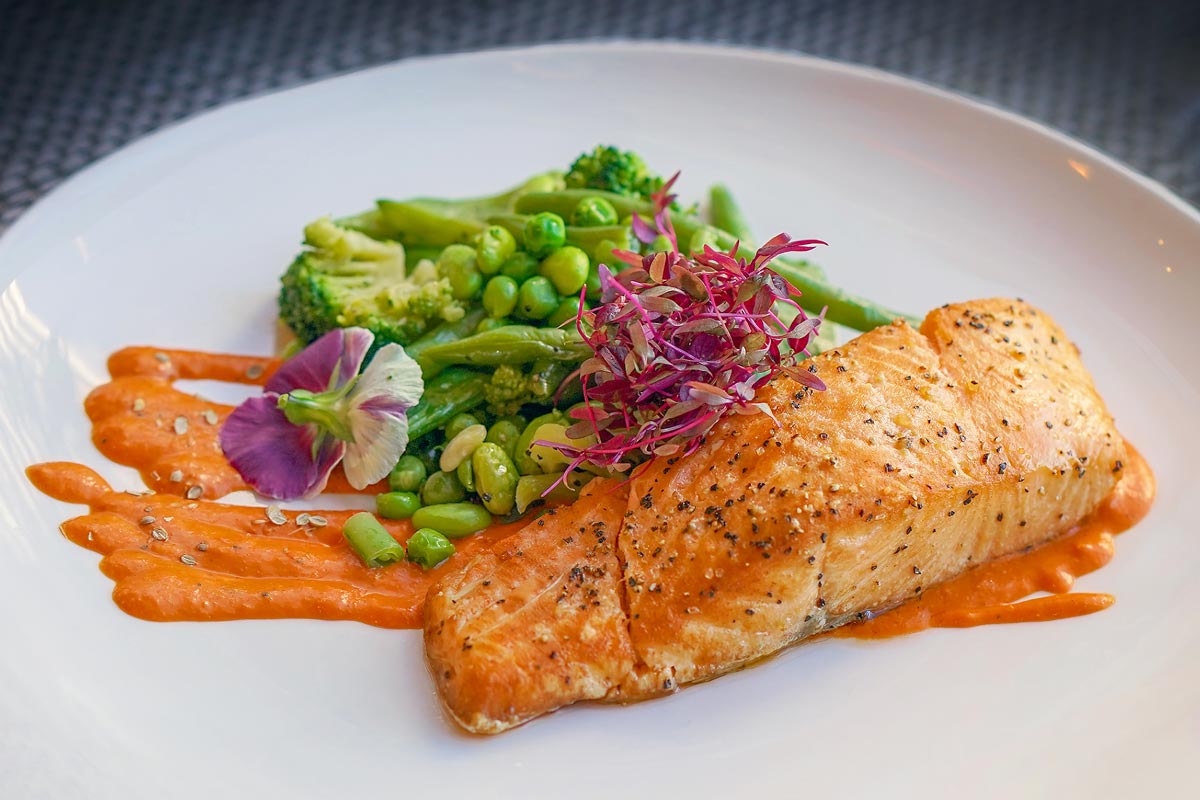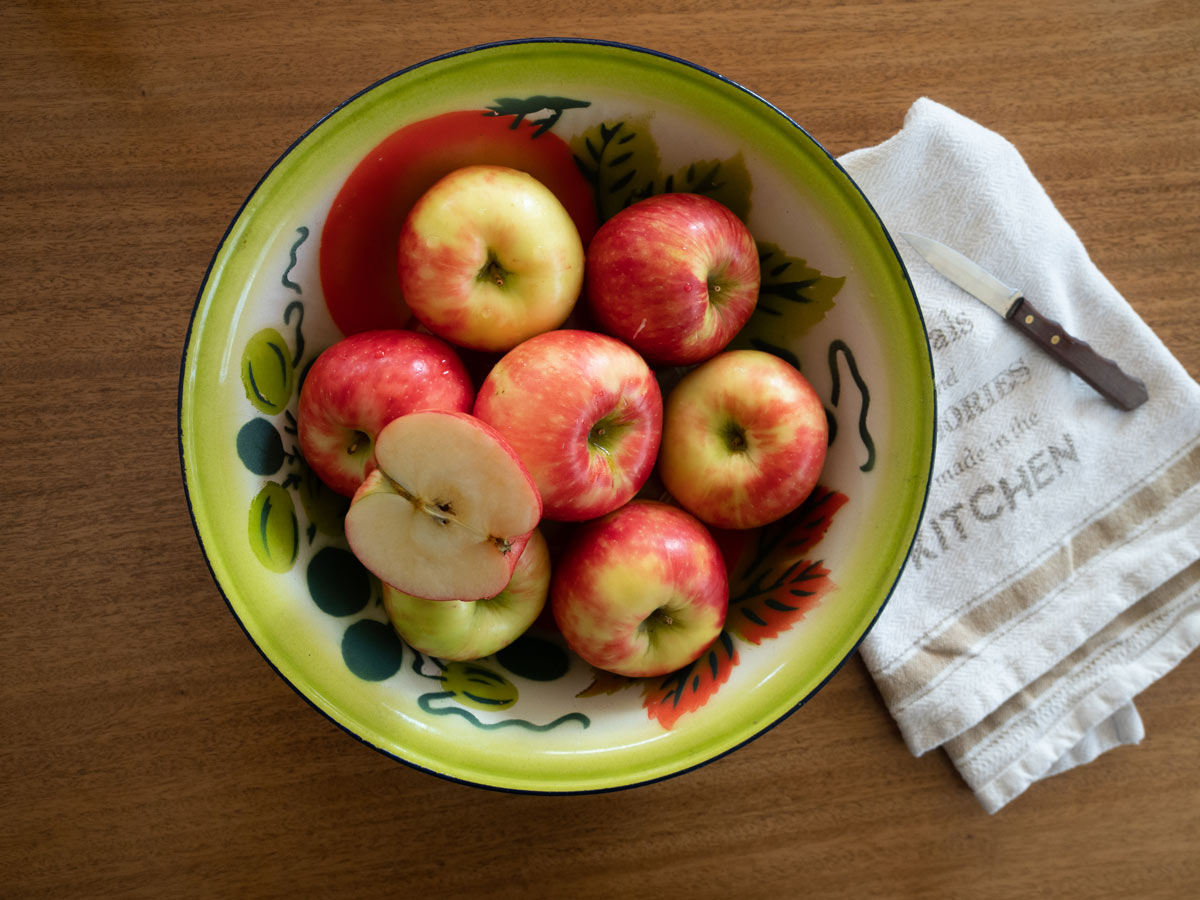Rich Chocolate Rolled Cookies Recipe, Spotlight on Cocoa Powder, A Surprising and Unhealthy Consequence of Stress, Spouses may Do Better Exercising Separately
If you’ve cooked from my e-book My All-Time Favorite Chocolate and Olive Oil Recipes, you know that extra virgin olive oil and cocoa add wonderful flavor to sweet as well as savory foods. But if you’ve never paired chocolate and EVOO, my chocolate cookie recipe is a wonderful introduction. This edition of the newsletter features two studies on topics many of us grapple with—stress and the quest to exercise more. Both have eye-opening suggestions for better health.
Rich Chocolate Rolled Cookies
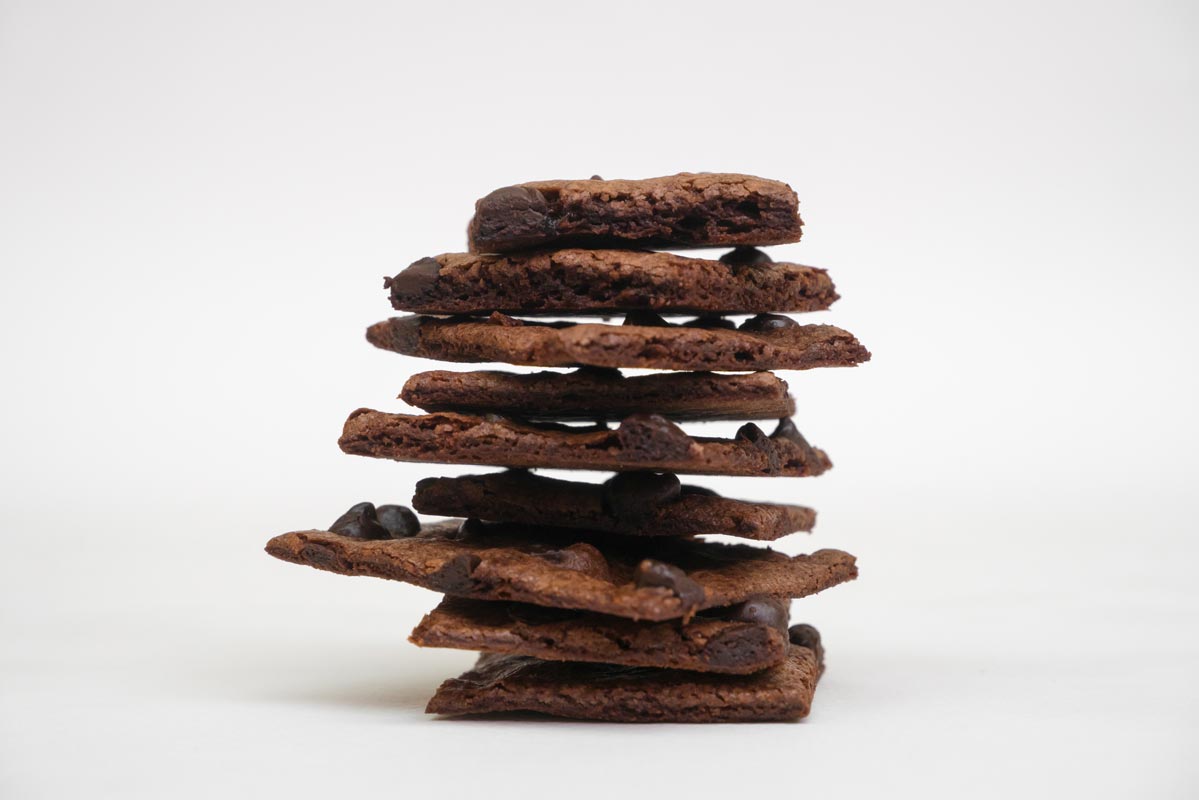 Rich Chocolate Rolled Cookies
Rich Chocolate Rolled CookiesLooking to satisfy a sweet tooth? This recipe for chocolate cookies uses olive oil in place of some of the traditional butter, resulting in a cookie that practically melts in your mouth. If you’re a true chocoholic, press a few chocolate chips into the dough or dip one end of each cookie in melted dark chocolate for an added treat.
Ingredients
- 3 cups all-purpose flour
- 1-1/2 cups unsweetened natural cocoa, plus more for rolling out the dough
- 2-1/2 teaspoons baking powder
- 1 teaspoon instant espresso powder
- 1/4 teaspoon salt
- 12 ounces unsalted butter
- 2-1/2 cups sugar
- 4 tablespoons extra virgin olive oil
- 2 large eggs
- 1 teaspoon vanilla paste or extract
Directions
Step 1
In a large bowl, sift together the flour, cocoa, baking powder, espresso, and salt. In the bowl of a stand mixer with the paddle attachment or with a hand beater, cream the butter for 5 minutes, then slowly add the sugar and then the olive oil. Add eggs and vanilla and beat until combined. On low speed, beat in the flour-cocoa mixture in 4 batches. When fully incorporated, transfer the dough to a large piece of parchment paper, flatten it out into a rectangle with your hands, fold up the sides of the paper, and chill for 30 minutes for easier rolling.
Step 2
Preheat your oven to 350°F. Working in two batches and using a small amount of cocoa to coat the rolling pin, roll out the dough into a larger rectangle about 1/4 inch thick. While you can use cookie cutters, it’s easier and more elegant to cut the dough into long, thin rectangles, about 4 inches long by 1-1/2 inches wide. Transfer to cookie sheets, spacing them about 1 inch apart—they will spread. Bake until set and slightly puffed, about 10 minutes, rotating the cookie sheets halfway through. Don’t overbake—they’ll firm up as they cool. Cool the cookies on racks and then place them in a cookie tin.
Yields about 50 cookies

Healthy Ingredient Spotlight
All Hail (Tuscan) Kale
If you’re not a huge kale fan, it could be that you’ve never tasted Tuscan kale. Also known as lacinato kale, black kale (cavolo nero), and even dinosaur kale, deeply colored Tuscan kale is not as bitter as curly kale, the more common option. So you get all the benefits of dark leafy greens that you don’t have to massage to make tender.

Quick Kitchen Nugget
Soaking Beans
It’s hard to beat the convenience of canned beans, but there are many more varieties to choose from when you use dried beans. Even the same variety that’s available canned will be more flavorful when made from scratch. One pound of dried beans will yield about 7 cups when soaked and cooked.
There’s very little active time needed—place your beans in a bowl that can hold at least three times their volume, cover them with cold water, and come back 4 hours later (or overnight).
You can shorten the soaking time with a quick hack: Rinse the beans and place them in a large pot. Add enough cold water to cover them by 2-3 inches and bring the water to a boil. Cook for 5 minutes, then take the pot off the heat and let it sit for an hour.
For Ribollita, the beans must be fully cooked before adding to the soup because of its limited cooking time. To do this, rinse your soaked beans, return them to your pot, cover them again with cold water, and bring them to a boil. Simmer for about 2 hours or until the beans are tender but not overly soft and they’re ready to add.

For Your Best Health
A Surprising Benefit of Flaxseed
A new animal study demonstrated how the gut microbiome could be a factor in breast health. In the study, flaxseed components called lignans were shown to influence the relationship between gut microorganisms and the expression of mammary gland microRNAs or miRNAs (short, noncoding RNAs that regulate gene expression). A subset of these miRNAs regulates the genes involved in breast cancer, including genes that control cell proliferation and migration.
“The gastrointestinal microbiota plays an important role in modifying many components of our diet to impact human health,” said Jennifer Auchtung, PhD, assistant professor in the Food Science and Technology Department at the University of Nebraska Lincoln and the editor who coordinated the review of the paper. “In this study, we found correlations between diets enriched in flaxseed, cecal microbiota composition, and miRNA profiles in the mammary gland that regulate many pathways, including those involved in cancer development. This preliminary study supports further research into the role that the microbiota plays in dietary approaches to reduce risk factors associated with disease.”
For this study, the researchers studied the effects of flaxseed lignans on the microbiota of young female mice. Lignans, fiber-associated compounds found in many foods and particularly plentiful in flaxseed, are associated with reduced breast cancer mortality in postmenopausal women. The researchers found that lignan components generate specific miRNA responses in the mammary gland.
To determine whether the relationship between the microbiota and mammary gland miRNAs could be manipulated to reduce the risk of breast cancer, the researchers fed flaxseed lignan components to female mice to see whether gut cecal microbiota profiles are related to miRNA expression in the mammary gland. The cecum, the first part of the colon, located in the right lower abdomen near the appendix, is believed to have a role in production of short-chain fatty acids and has been proposed to serve as a reservoir of anaerobic bacteria.
One flaxseed oil lignan requires microbial processing to release bioactive metabolites, small-molecule chemicals produced during metabolism that influence physiology and disease—in this case, having antitumor effects. The researchers found that the microbiota and mammary gland miRNA are related and that flaxseed lignans modify the relationship to be non-cancer-causing.
“If these findings are confirmed, the microbiota becomes a new target to prevent breast cancer through dietary intervention,” said Elena M. Comelli, PhD, associate professor in the Department of Nutritional Sciences and the Temerty Faculty of Medicine, University of Toronto, the corresponding author on the paper. The study was published in Microbiology Spectrum, a journal of the American Society for Microbiology.

Fitness Flash
Alternating Cardio with Resistance Exercise is Heart-Healthy
A robust body of evidence shows aerobic exercise can reduce heart disease risks, especially for people who are overweight or obese. But few studies have compared results with resistance exercise, also known as strength or weight training, or with workout regimens that are half aerobic and half resistance. Researchers at Iowa State University led one of the longest and largest supervised exercise trials to help fill this gap.
Their results, published in European Heart Journal, indicate that splitting the recommended amount of physical activity between aerobic and resistance exercise reduces cardiovascular disease risks as much as aerobic-only regimens. However, resistance exercise on its own for the same amount of time did not provide the same heart health benefits.
“If you’re bored with aerobic exercise and want variety or you have joint pain that makes running long distances difficult, our study shows you can replace half of your aerobic workout with strength training to get the same cardiovascular benefits. The combined workout also offers some other unique health benefits, like improving your muscles,” said Duck-chul Lee, PhD, lead author and professor of kinesiology at Iowa State. That’s a huge plus because we tend to lose muscle mass, and consequently mobility and independence, as we age.
“One of the most common reasons why people don’t exercise is because they have limited time. The combined exercise with both cardio and strength training we’re suggesting is not more time-consuming,” Dr. Lee underscored. Performing a certain number of sets and repetitions with weight machines, free weights, elastic bands, or your own body weight through push-ups or lunges, all count as resistance exercise.
How the study was done: 406 participants between 35 and 70 years of age enrolled in the one-year randomized controlled exercise trial. All met the threshold for being overweight or obese with body mass indexes between 25 and 40 kg/m2 and had elevated blood pressure. The researchers randomly assigned participants to one of four groups: no exercise, aerobic only, resistance only, or aerobic plus resistance. Those who were in one of the three exercise groups worked out under supervision for one hour three times a week for one year.
Every participant in the exercise groups received a tailored workout routine based on their individual fitness levels, health conditions, and progression. Those assigned to resistance training were given a certain number of sets, repetitions, and weights for weight-lifting machines. With aerobic exercises, participants wore a heart rate monitor and inserted a unique exercise program key into a treadmill or stationary bike. Sensing the participant’s heart rate, the machine automatically adjusted the speed and grade to match the prescribed intensity.
All participants wore pedometers to measure daily steps and met every three months with registered dietitians at Iowa State for “Dietary Approaches to Stop Hypertension” education, which is promoted by the National Institutes of Health. On three random days per month, participants were asked to record what they had consumed in the last 24 hours with an online dietary assessment tool developed by the US National Cancer Institute.
At the start of the yearlong clinical trial, six months in, and at the end, the researchers measured each participant’s systolic blood pressure, low-density lipoprotein cholesterol, fasting glucose, and body fat percentage, all well-established cardiovascular disease risk factors. “Many previous studies only looked at one of these four factors, but it’s really multiple factors combined that increase cardiovascular disease risk,” explained Dr. Lee. The researchers used a composite score to fairly quantify changes across all four factors since each uses a different unit of measurement. A lower composite score indicated less risk of developing cardiovascular disease.
At the end of the yearlong trial, the percentage of body fat in all three exercise groups had decreased significantly compared to the no-exercise control group. The authors found that “every -1% body fat reduction is associated with -3%, -4%, and -8% lower risks of developing [cardiovascular disease] risk factors of hypertension, hypercholesterolemia, and metabolic syndrome.” Taking all four cardiovascular disease risk factors into account, the aerobic and combined exercise groups had lower composite scores than the control group, with results consistent across gender and age.
Get More Recipes In Your Inbox!
